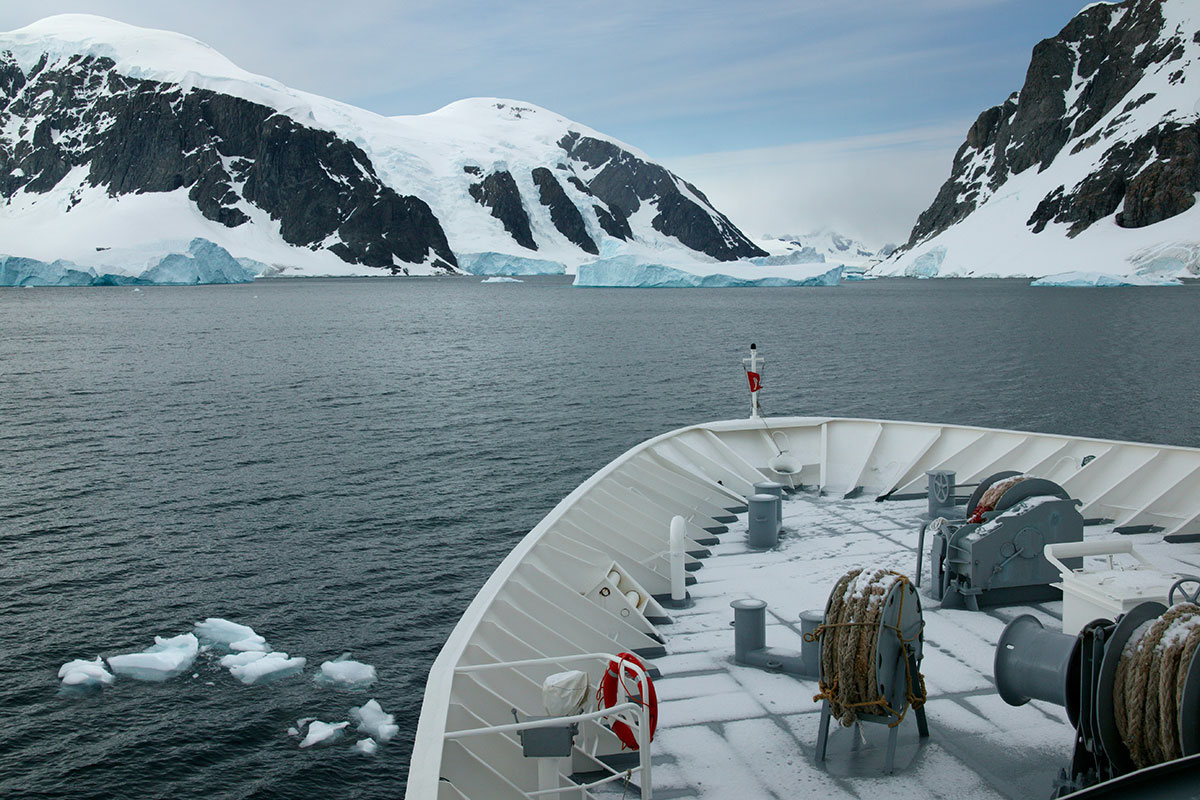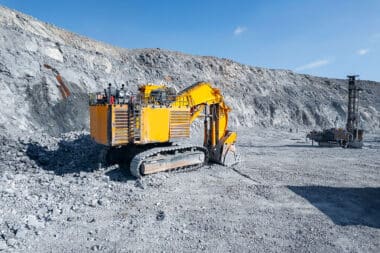The Antarctic ice sheet has always grabbed scientists’ and environmentalists’ attention because of its big role in global sea levels. After two decades of dramatic melting, a recent study shows an unexpected twist: the ice sheet has been growing since 2021. This change (which wasn’t on anyone’s radar) could really shift how we see climate patterns and predict sea-level changes.
A decade of ice loss and how we measure it
For years, the Antarctic ice sheet was mainly known for its rapid melting. Between 2002 and 2010, it shed an average of 73.79 gigatons (Gt) of ice every year, pushing up sea levels. The situation got even wilder from 2011 to 2020, with losses ramping up to 142.06 Gt a year. Such steady decline raised red flags about what might lie ahead for coastlines around the world.
Scientists have been keeping an eye on these changes thanks to high-tech satellites like Grace and its follow-up, Grace-FO (Gravity Recovery and Climate Experiment – Follow-On). Since starting in 2002, these orbiters have delivered priceless data, letting experts track the ice sheet’s weight changes down to the tiniest detail.
A surprising twist: ice buildup out of the blue
In a real head-scratcher of a development, data from 2021 to 2023 shows that the Antarctic ice sheet actually recorded a net gain, piling up around 107.79 Gt of ice each year. This turnaround is mostly due to heavy snowfall over two back-to-back years (which gave Mother Nature a chance to catch her breath). Even though this marks the biggest ice gain since the 1990s, scientists warn us not to jump to conclusions about it staying this way.
While the fresh gains are a welcome change, there’s still a lot we don’t know about whether this trend will last or if it’s just a brief slowdown in a long history of decline that started in the 1980s. The full melting of East Antarctic Ice Sheet remains a daunting possibility, with potential sea-level rises topping seven meters if it ever happened.
What it means for sea levels
The ups and downs of the Antarctic ice sheet clearly affect sea levels worldwide. Between 2002 and 2010, the melting added about 0.20 mm per year to global sea levels. Things got trickier from 2011 to 2020, with the rate almost doubling to 0.39 mm annually.
However, the recent gains have turned the tables a bit, leading to a drop in sea-level rise by 0.30 mm per year from 2021 to 2023. This temporary slowdown (a bit of a breather) reminds us just how unpredictable glacier behavior can be and how it can sway things for coastal areas everywhere.
Looking back and thinking ahead
Even though the recent ice growth brings a bit of hope, it needs to be seen against the backdrop of the long-term ice loss story that began in the late 20th century. The study from Science China Earth Sciences dives into these complexities but stops short of making calls on the long-run trends.
What lies ahead for the Antarctic ice sheet is still up in the air, meaning scientists will keep monitoring and researching to spot any lasting changes. As they dig deeper into these fluid patterns, researchers highlight that gathering more years of data is key to untangling whether we’re witnessing a permanent change or just a brief hiccup.
This situation reminds us of how intricate Earth’s climate systems are and how they can swing between natural fluctuations and shifts triggered by human activity. For anyone keeping an eye on rising seas and the ripple effects on climate, staying updated on stories like this is a great way to be ready and adapt in areas that might be hit hard.








